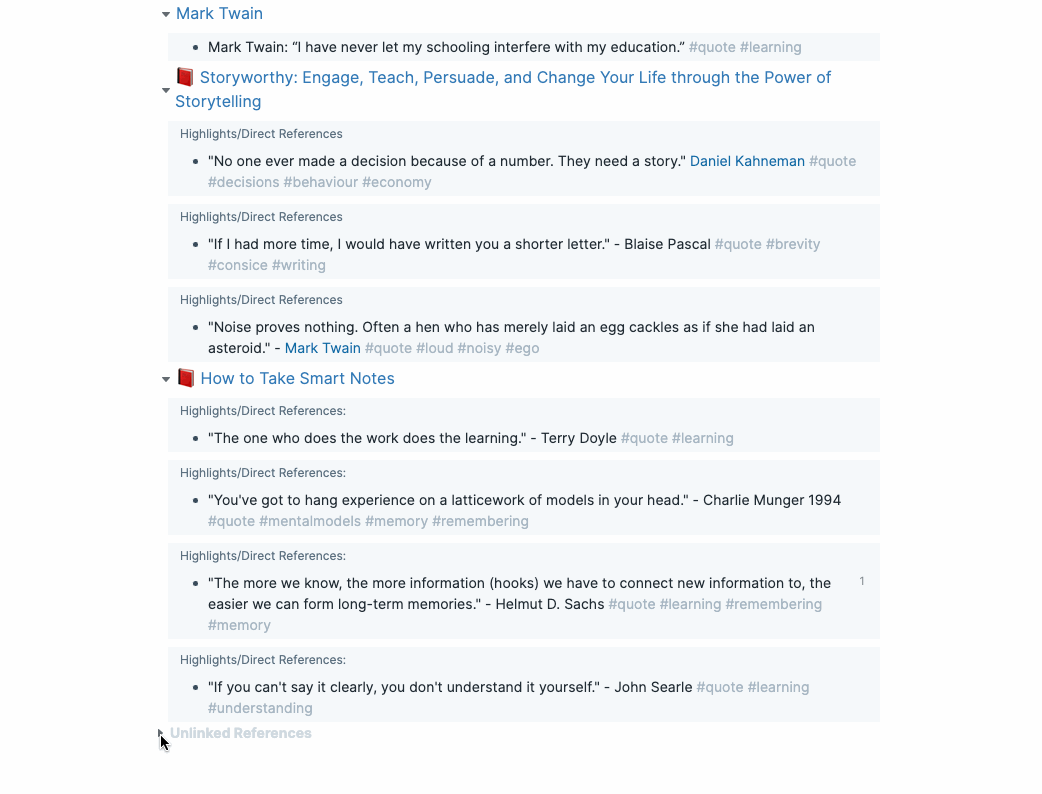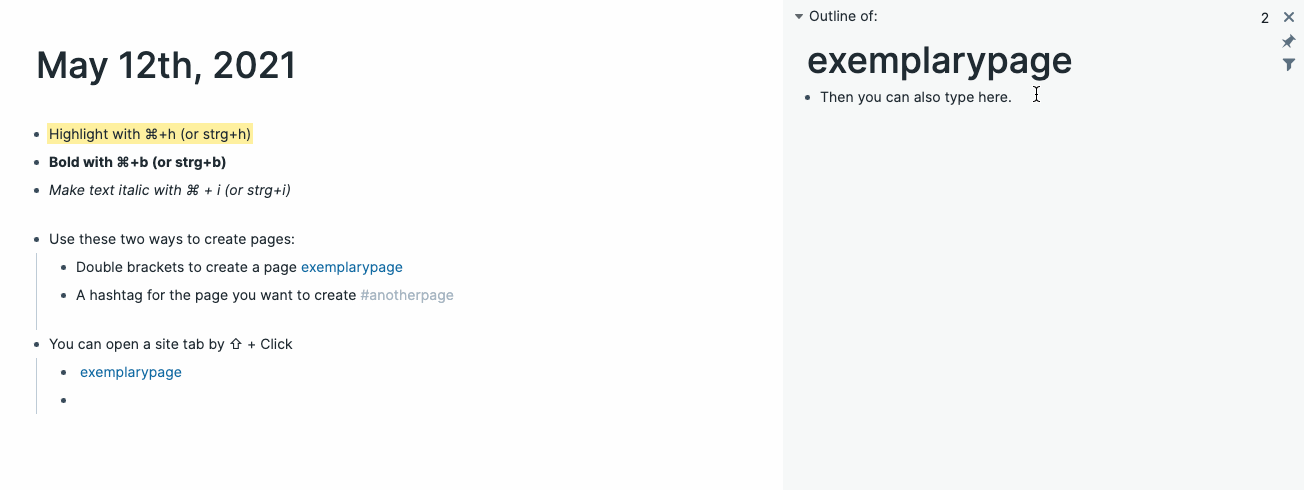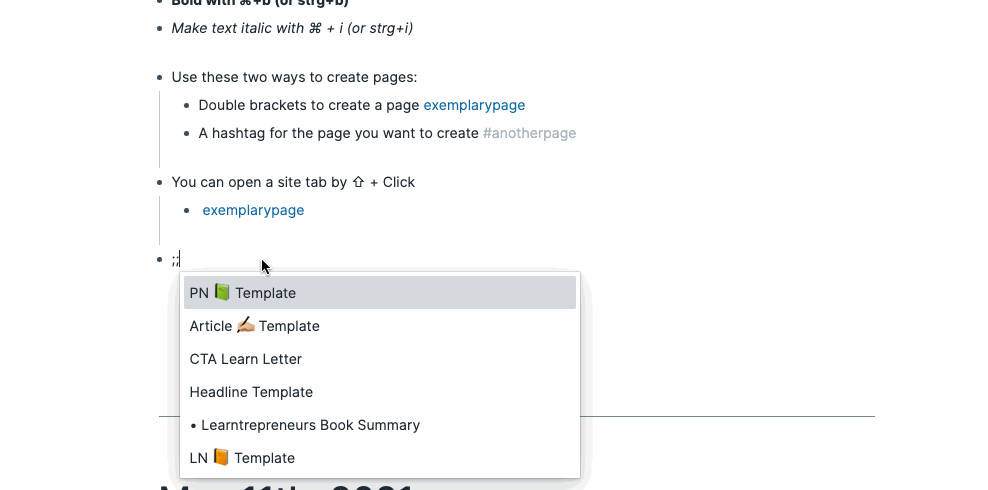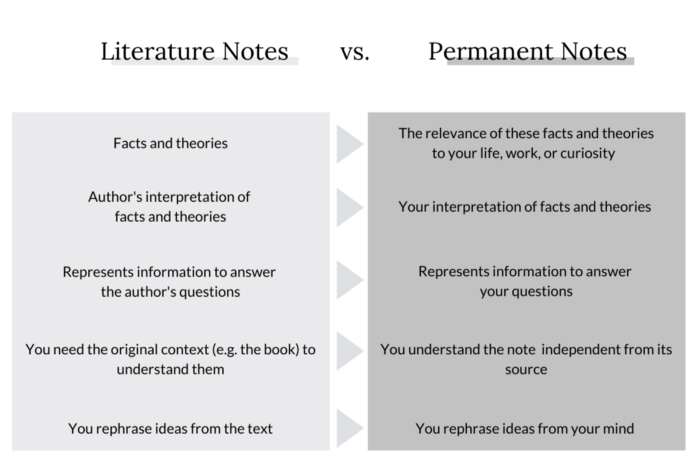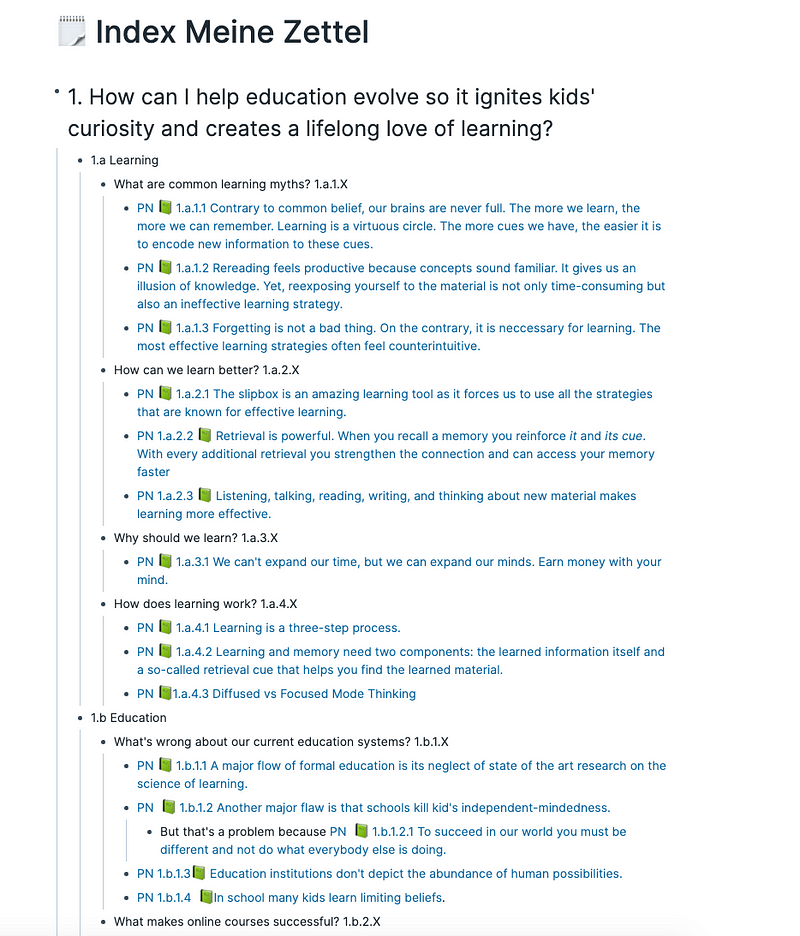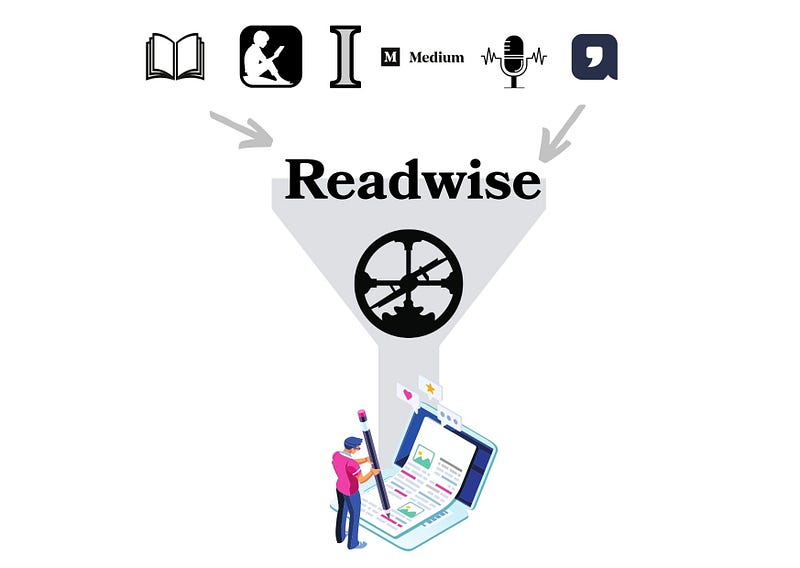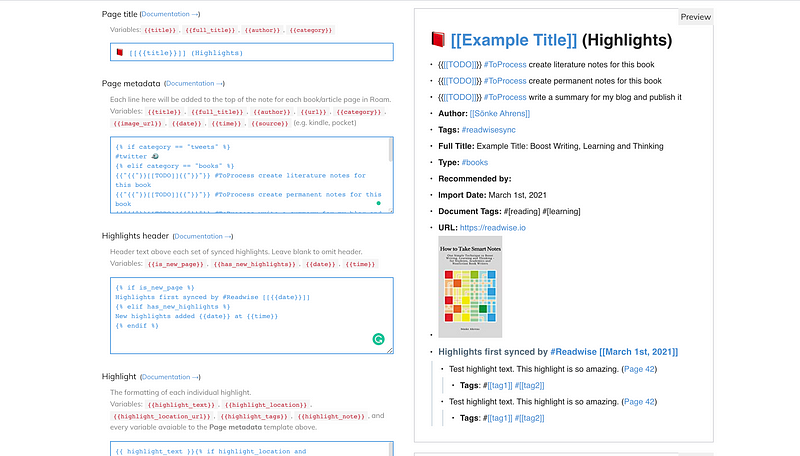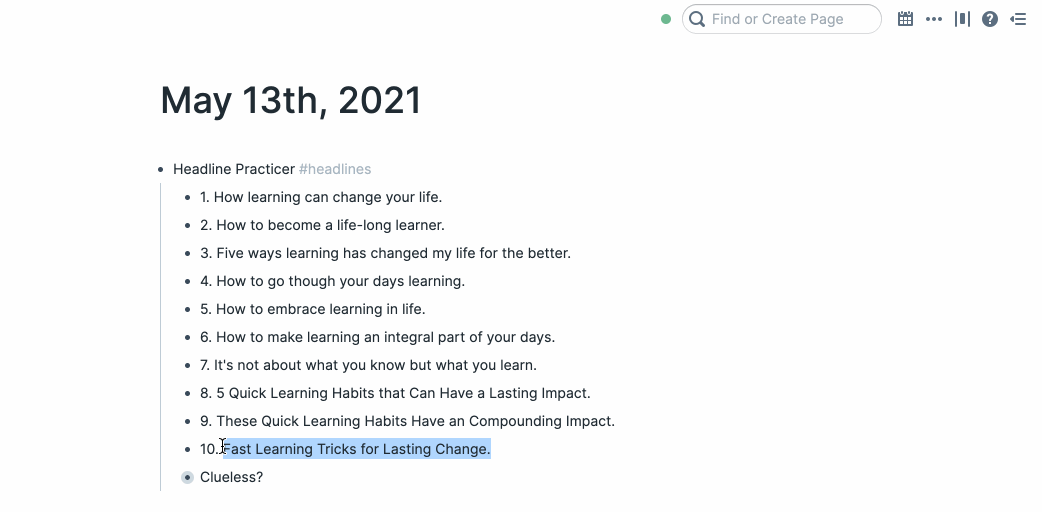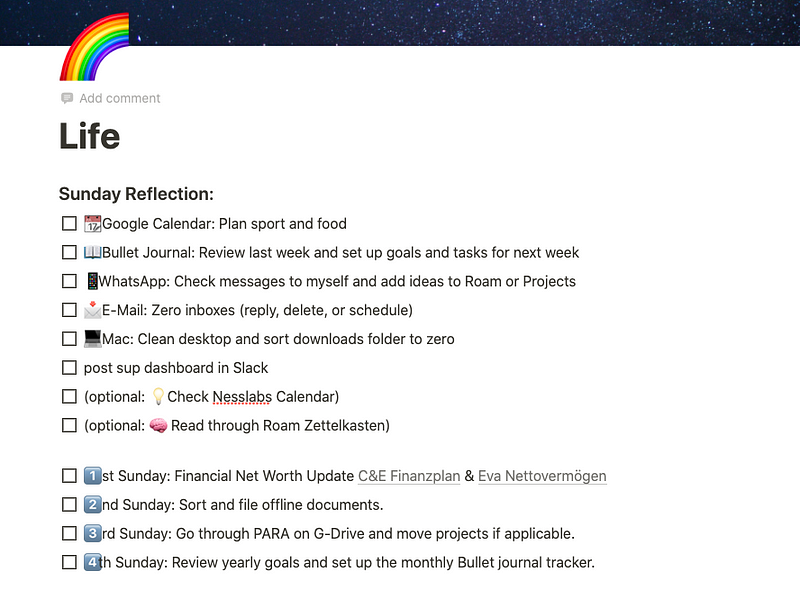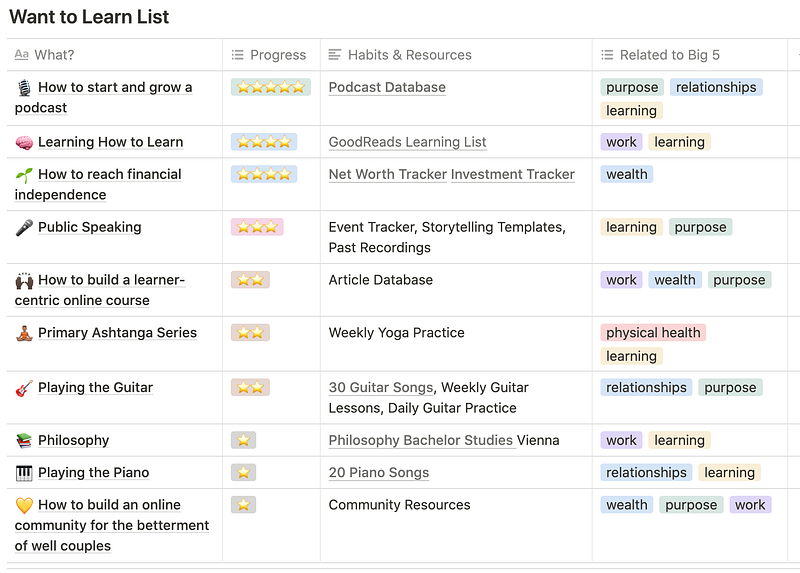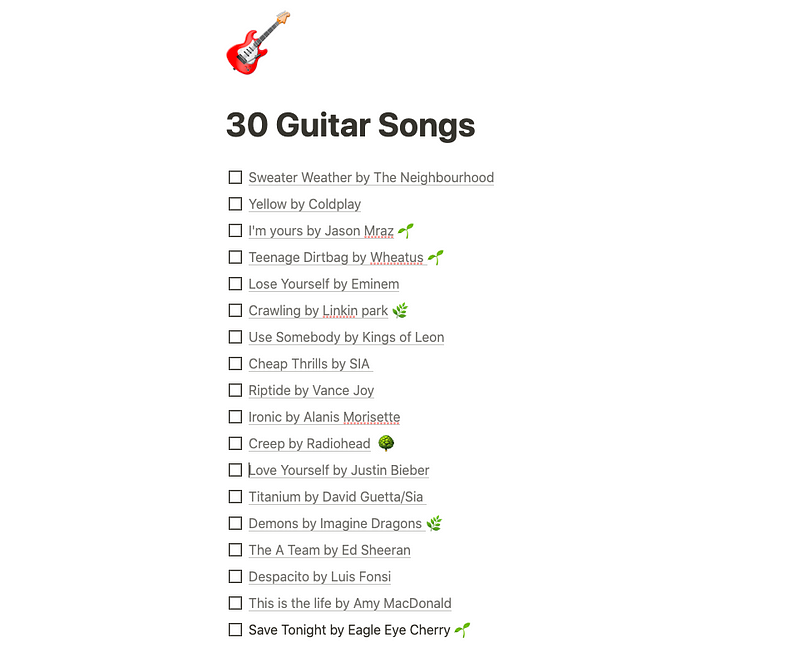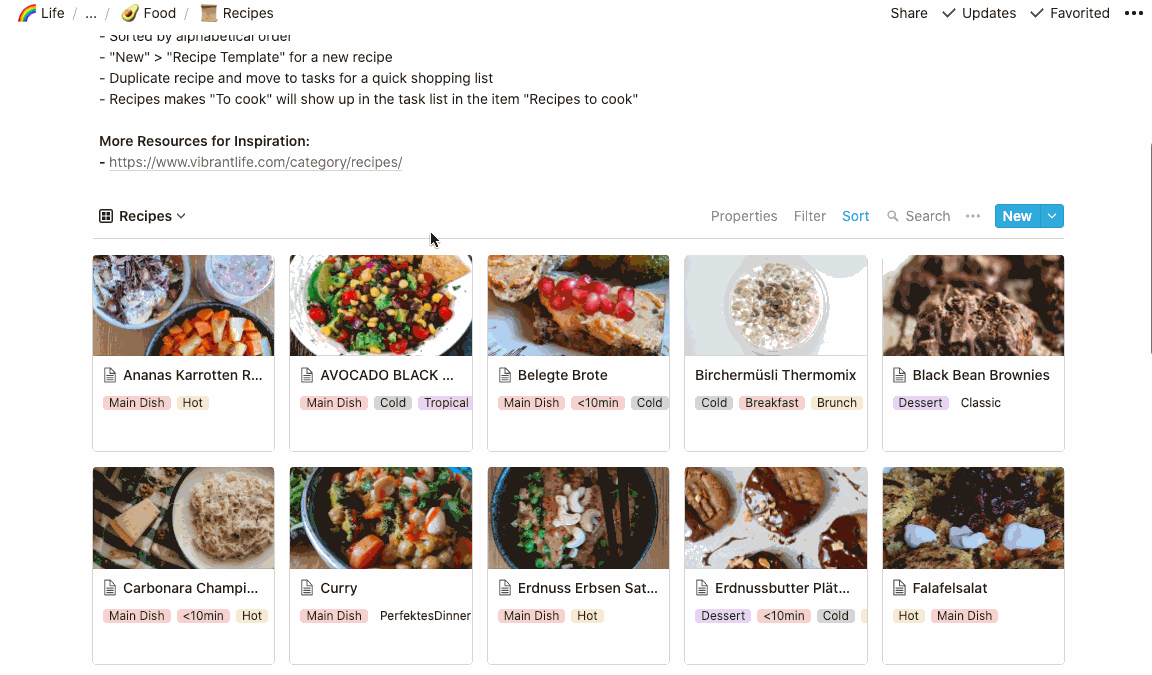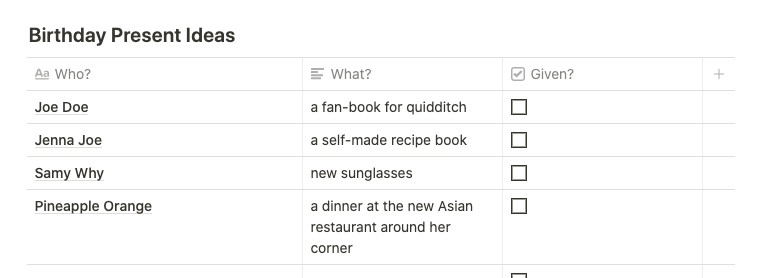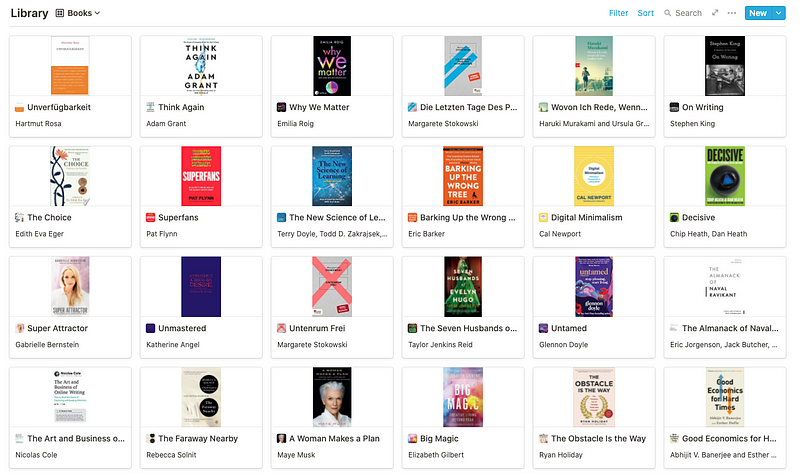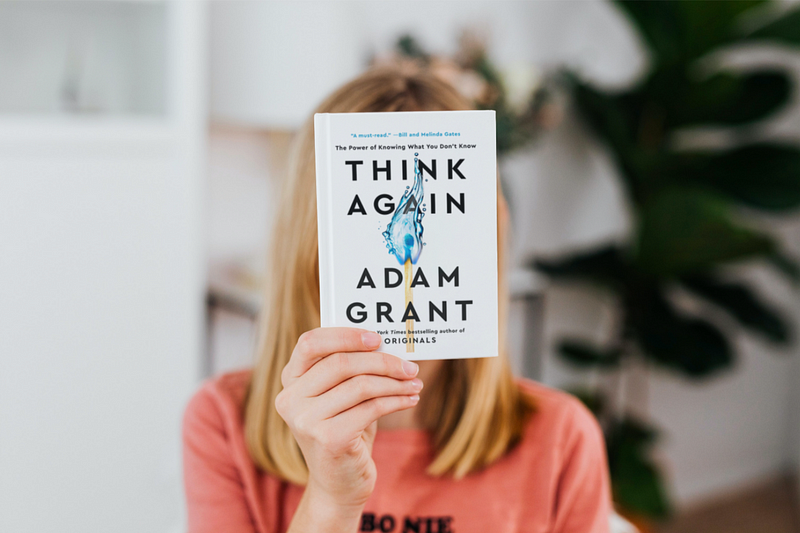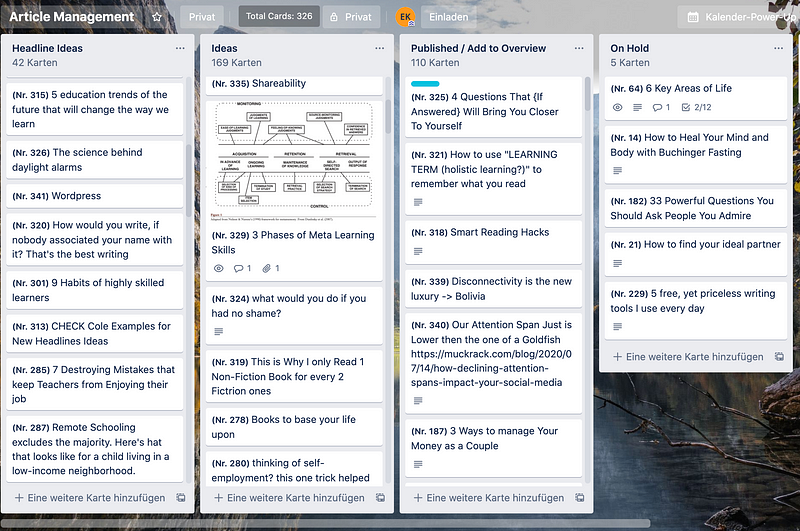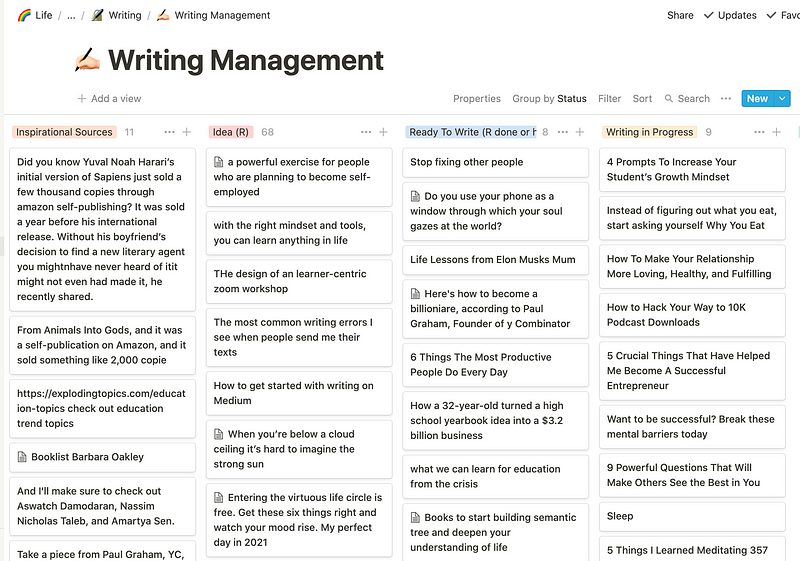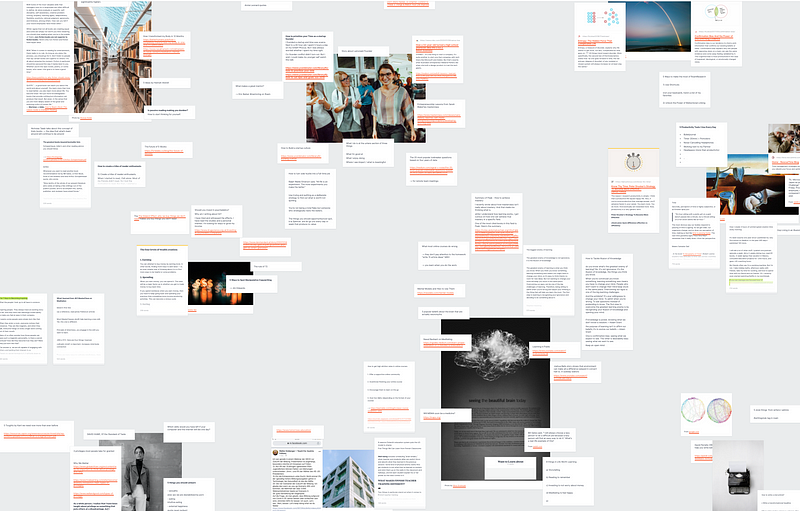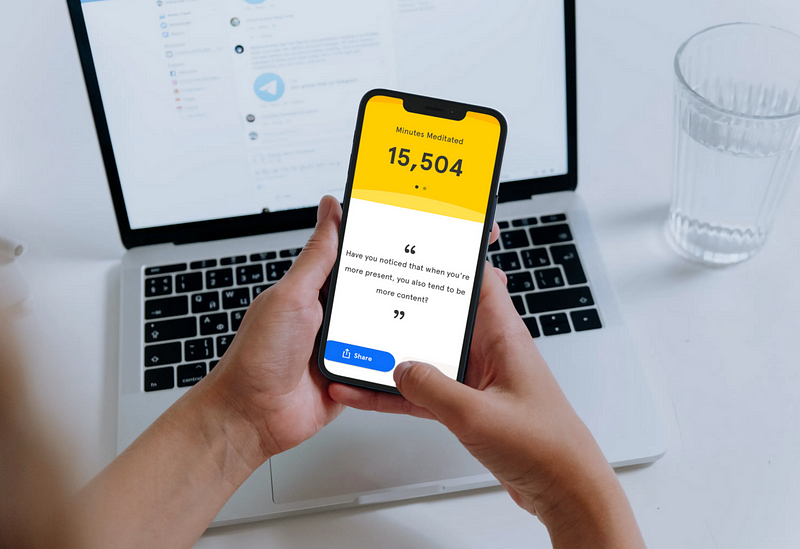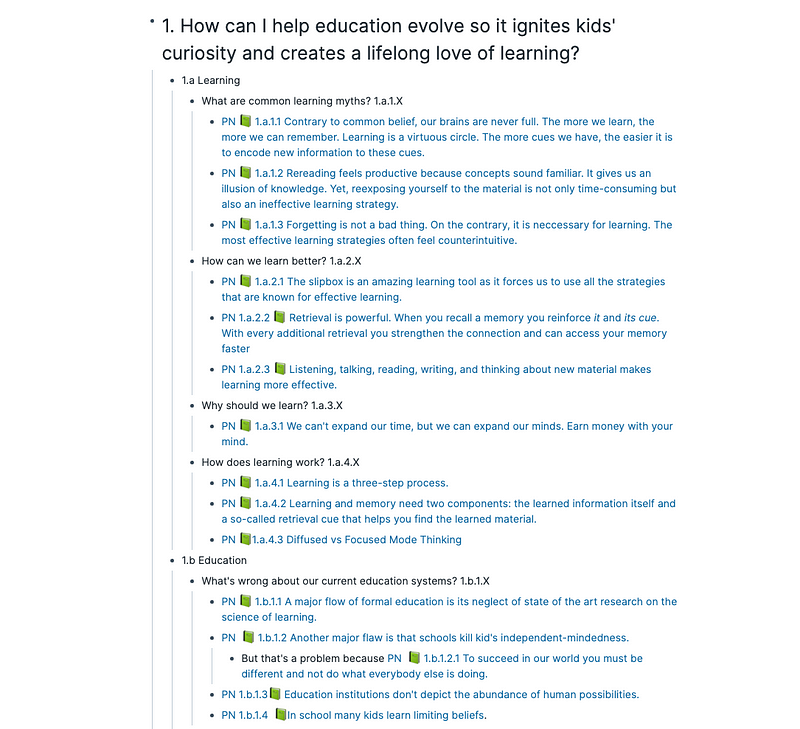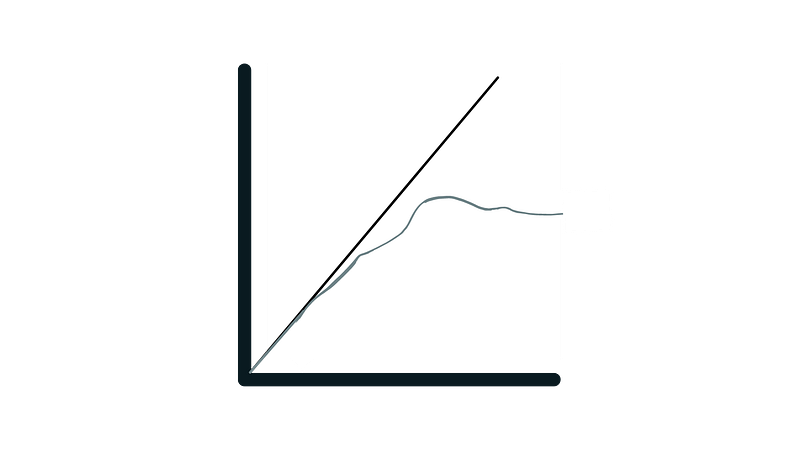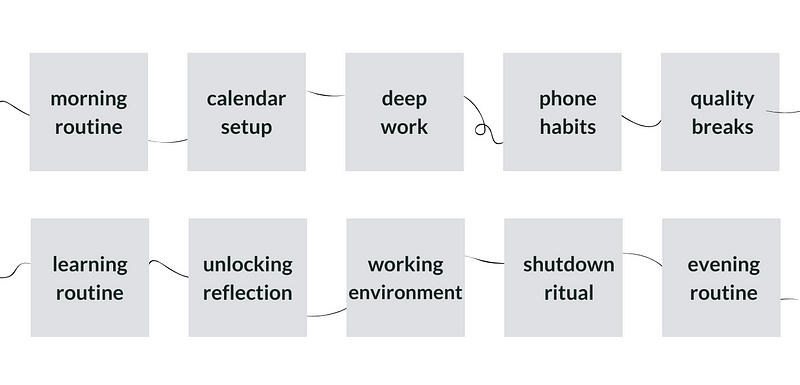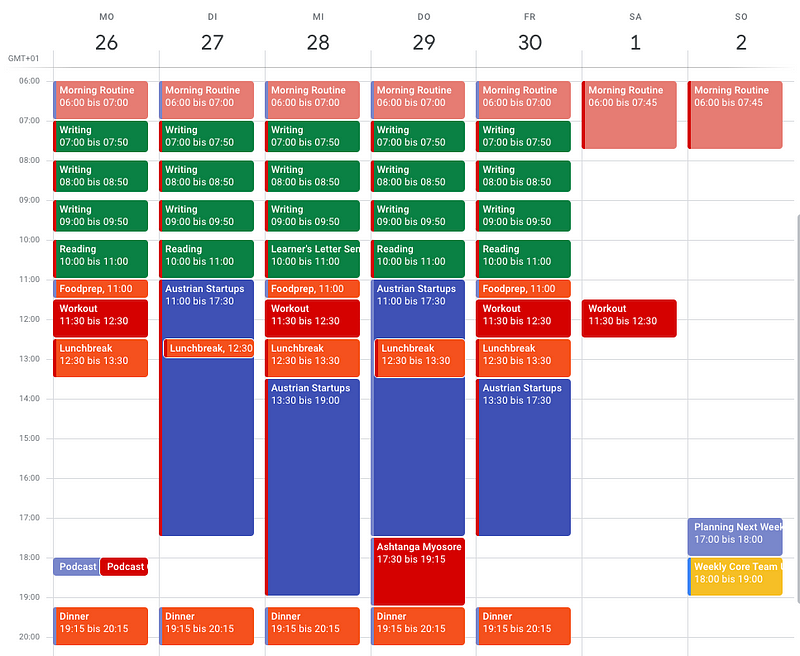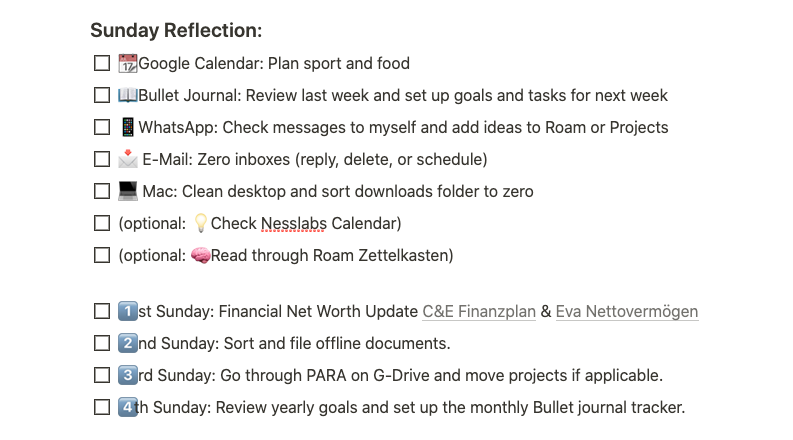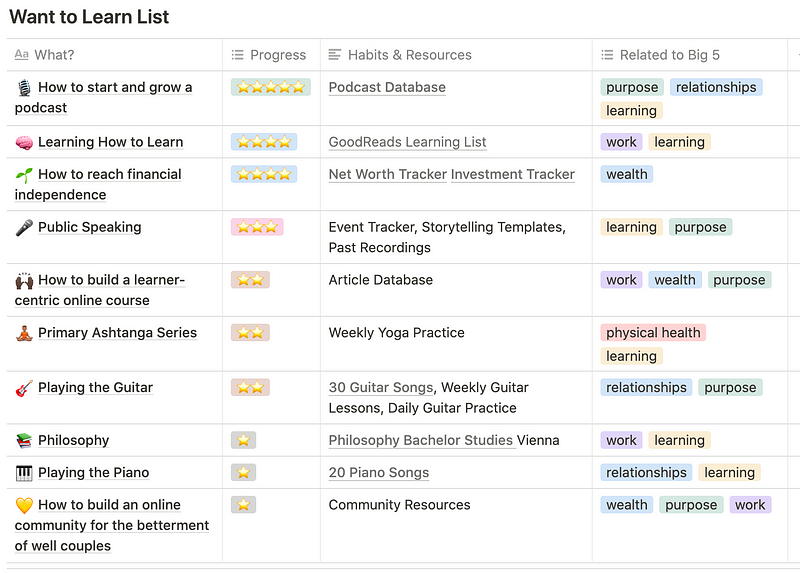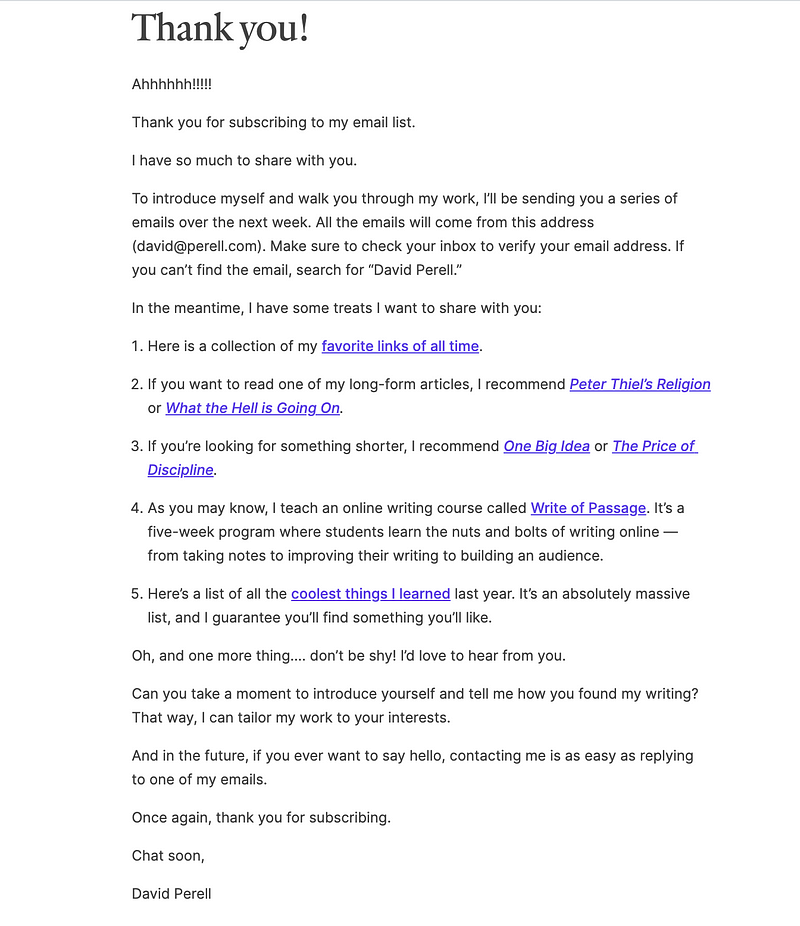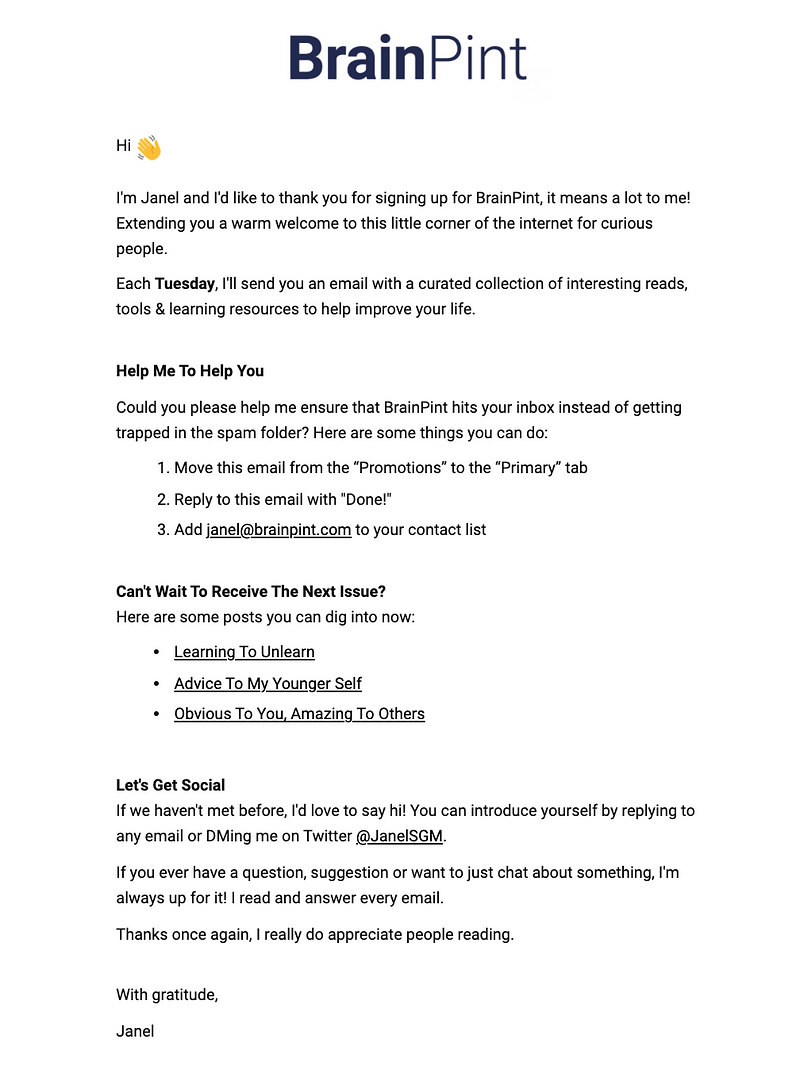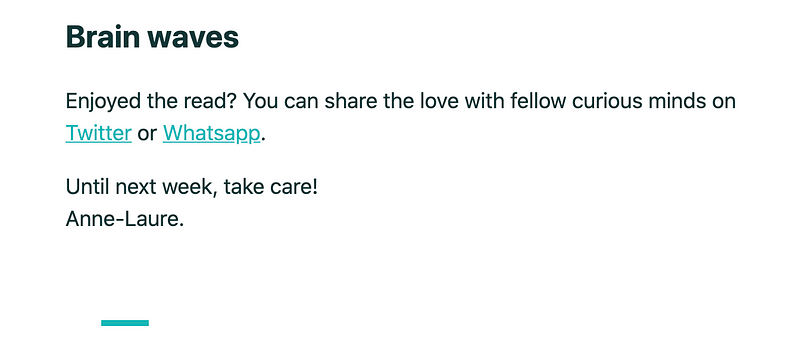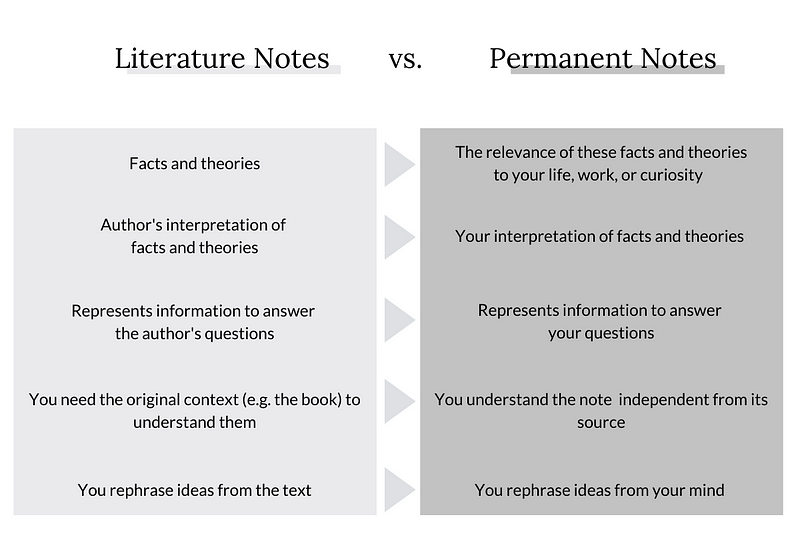How to *not* be distracted all the time.

Do you ever feel time runs like sand through your fingers?
If you’re struggling to live a more present life, you likely focus on the wrong things. Improving your inner peace is about what you do less of, not more of.
Taking a moment to integrate these quick fixes can help you find an inner state of calm while staying on top of things.
None of these suggestions should take you more than three minutes to set up, but every single one will help you reach more focus and presence.
1) Change Your Social Media Passwords
Without your active consent, social media’s persuasive design tricks you into screen time with severe consequences.
Different research attests to a relation between social media usage and mental health issues such as depression, anxiety, and even suicide-related thoughts.
Not knowing your password is one of the most effective ways to spend less time on social media. I follow this technique since 2017, and it has given me weeks of time. I created a threshold that prevents me from impulsive social media checks.
How to do it:
Go to all social media you use regularly and change your password to a random combination you can’t remember.
Don’t save the new password in your browser. Instead, write it on a piece of paper. Then log off your social media platforms and place the paper in some drawer.
2) Don’t Consolidate Messaging Apps
Self-labeled productivity apps like Shift or Franz sound tempting. It seems convenient to aggregate all communication channels in one place.
Yet, these apps lead to context switching and thereby destroy your focus.
Cal Newport says: “Switching your attention — even if only for a minute or two — can significantly impede your cognitive function for a long time to follow.”
Once I deleted Slack, WhatsApp, Signal, and Franz from my desktop, I focused better on one project at a time.
How to do it:
Delete all messaging aggregators from your computer. Anytime you need a specific communication channel, open it in your browser.
Instead of being surprised by new messages, you actively decide when to open and read the messages.
3) Delete Mail from Your Phone
I used to check my email when walking up the stairs and while waiting in a line. My mind revolved around work even while I wasn’t at my desk.
But our brains need off-time. To get maximum focus during working hours, we need enough time away from work. Plus, boredom brings benefits.
How to do it:
Pick your phone and delete your Mail app. Nothing is so urgent it can’t wait until you’re back at your desk.
“Are you distracted by breaking news? Then take some leisure time to learn something good, and stop bouncing around.”
4) Use Site-Blockers
Compulsive social media checks will make your thoughts bounce around like a ping-pong ball. A study from Irvine University found it takes 20 minutes to refocus after distractions.
Chamath Palihapitiya, former Facebook executive, says: “We were not evolved to get social approval being dosed upon us every 5 minutes.”
For better productivity, fix your environment. If you don’t want to get distractions, use a site-blocker.
How to do it:
I use this free chrome extension to block LinkedIn, Facebook, and Mail from 9 PM to noon.
Block all sites that dilute your focus. You’ll be surprised how much more you can achieve in less time.
5) Charge Your Phone Outside Your Bedroom
If you charge your phone in your bedroom, you’re likely poisoning your mind with trash at the most important times of your day — before you sleep and after you wake up.
Here are the three of the most damaging effects of using your smartphone in your bedroom:
- You lose time
- You lose focus
- Your sleep quantity and quality drops
By abandoning your phone from your bedroom, you can implement new bedtime and morning rituals such as reading, meditating, journaling, or letting your mind wander.
Keeping my phone out of my bedroom was the single most effective habit to read more books. Since I managed my phone habits, I have read one book a week for almost three years.
How to do it:
Get an alarm clock and stop waking up to your smartphone’s alarm. When you sleep with your phone in another room, you don’t need to exert your willpower first thing in the morning. Instead, you’ll start your days with a clear mind and ease into a distraction-free morning.
Often, anxiety and hurry are caused by distraction. These quick fixes help me live a calmer life that’s full of focus. I hope they do the same for you.
Want to feel inspired and improve your learning?
Subscribe free to The Learn Letter. I read a book and 50 articles a week, and each Wednesday, you’ll receive the best in your inbox. This newsletter will make you find tools and resources that help you on your path to health, wealth, and wisdom.

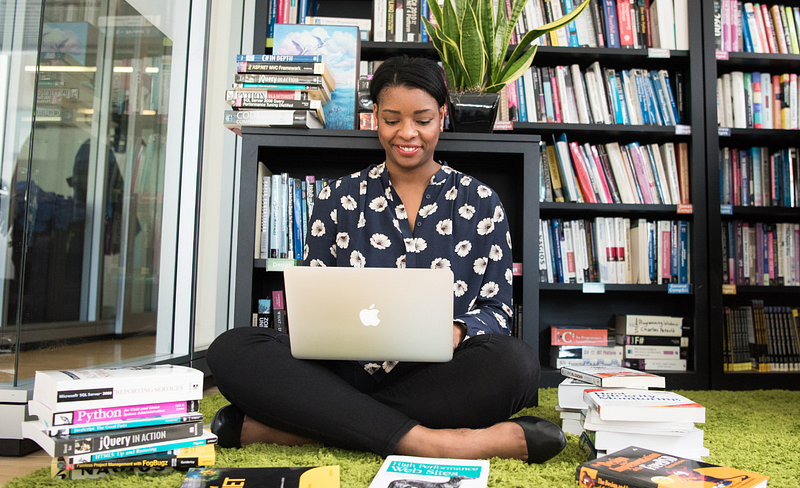

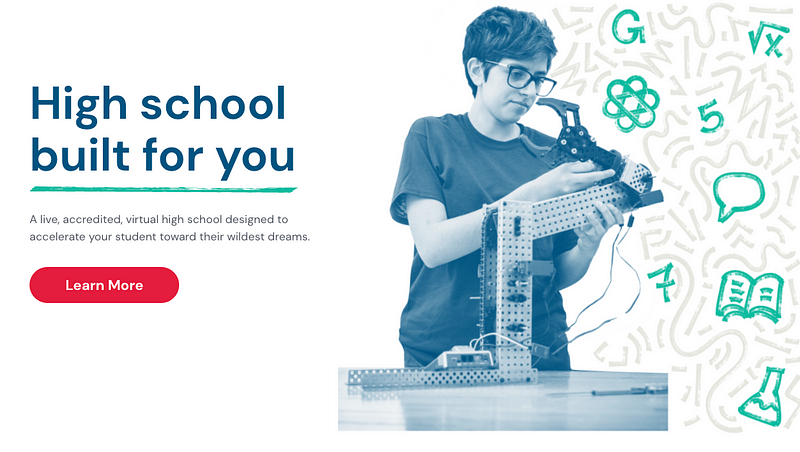



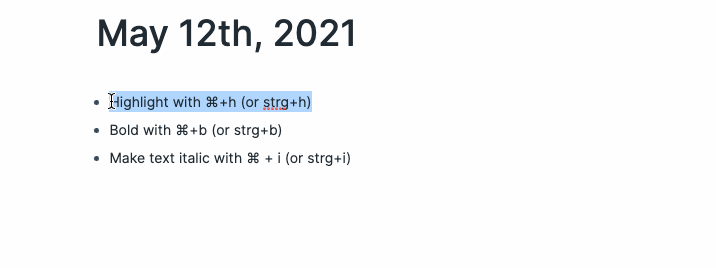
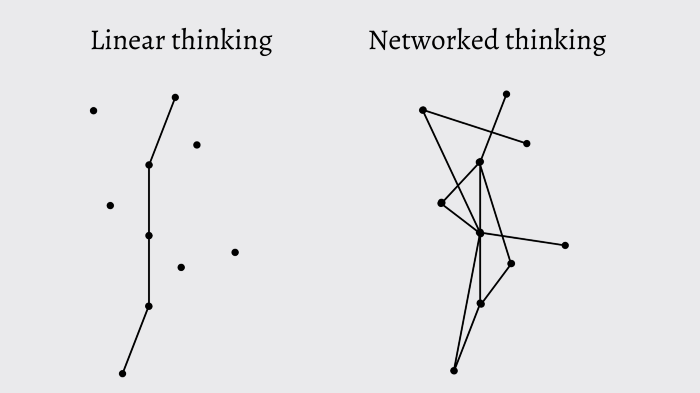
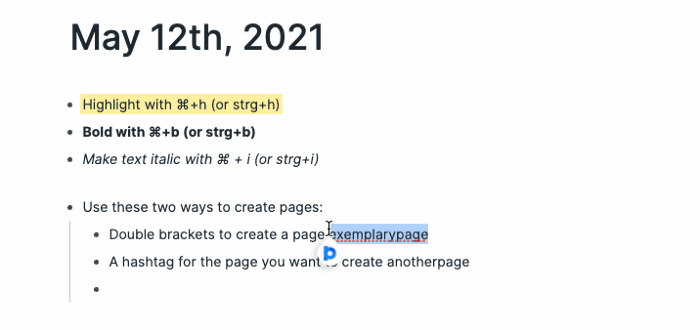

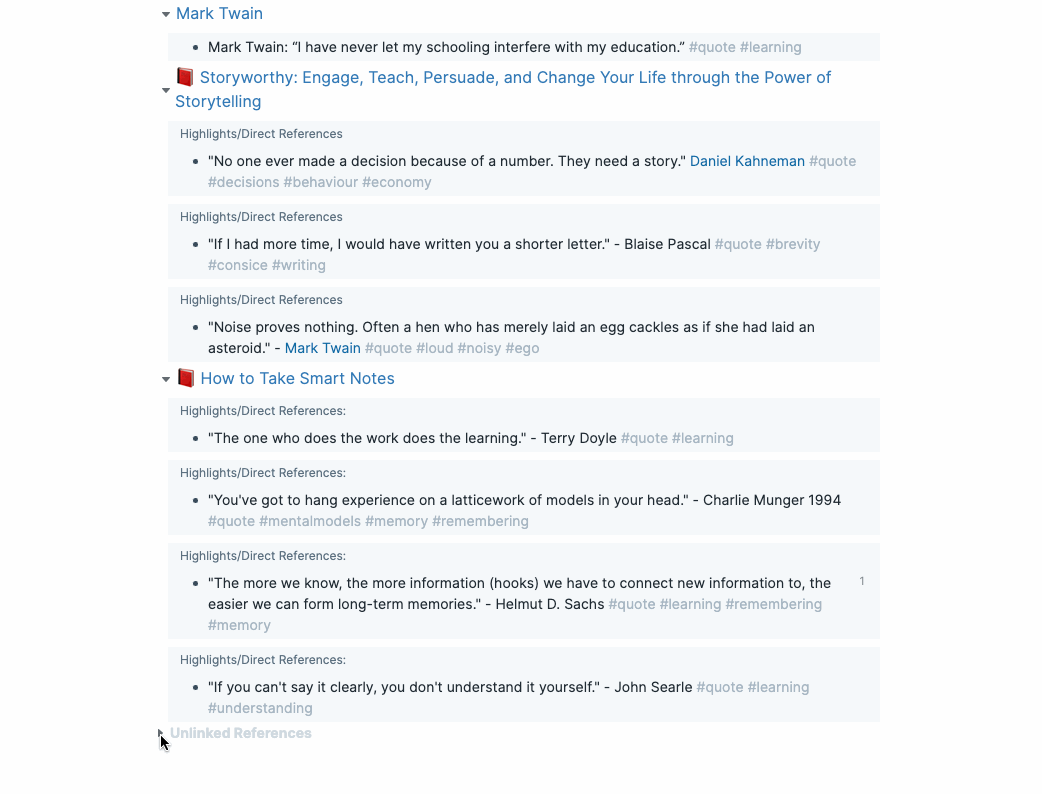
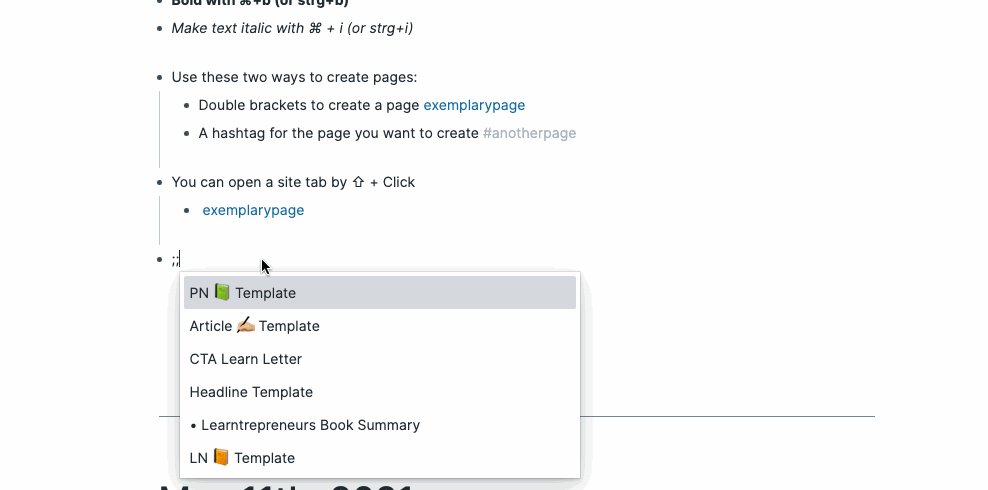


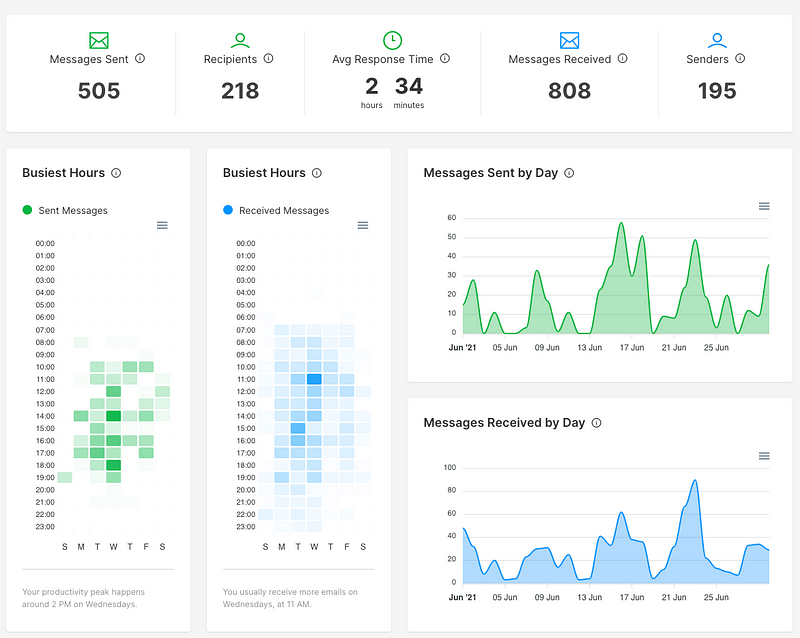
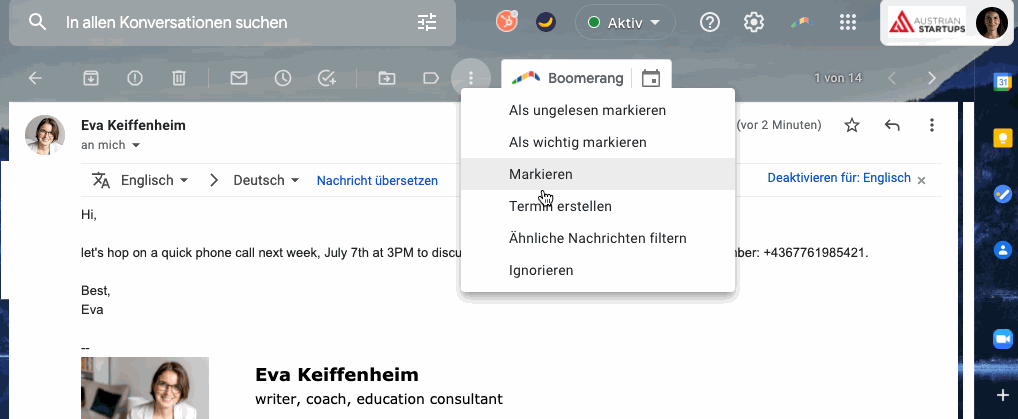


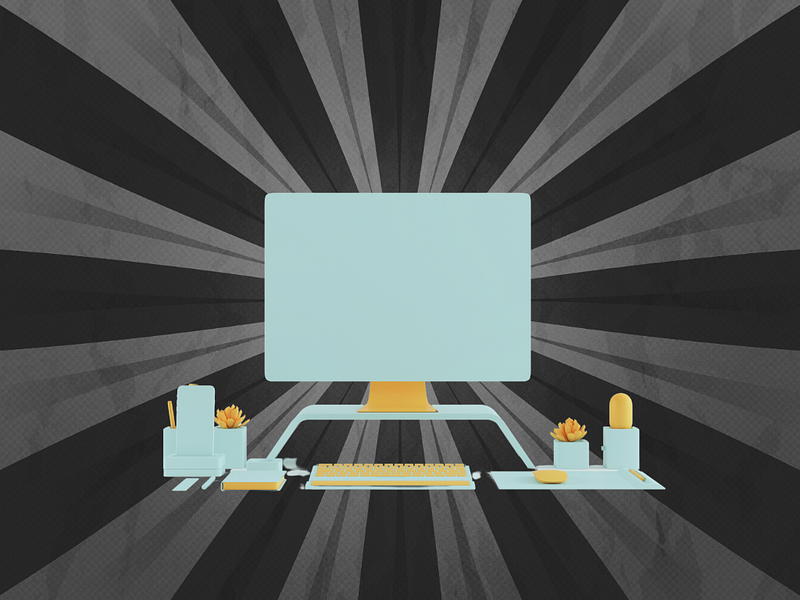


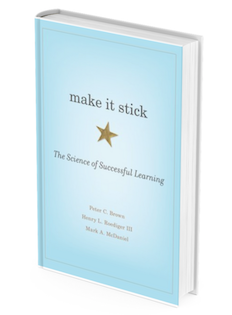
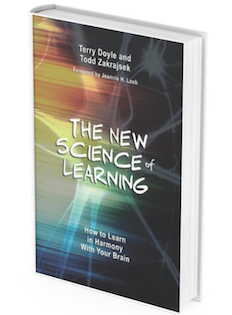
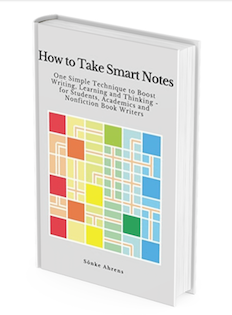

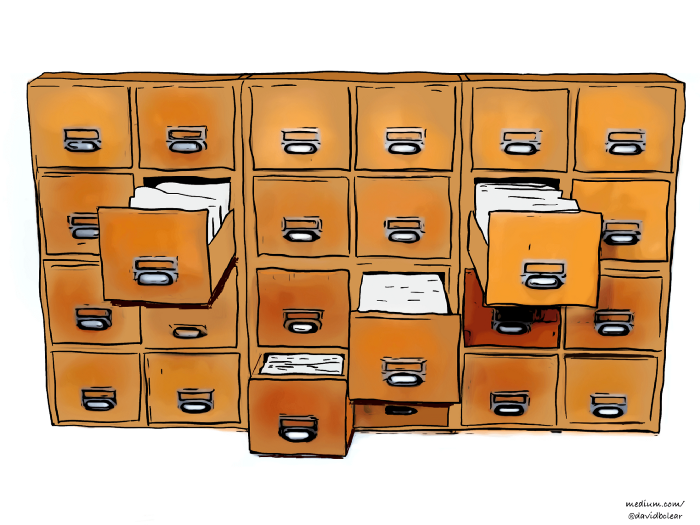
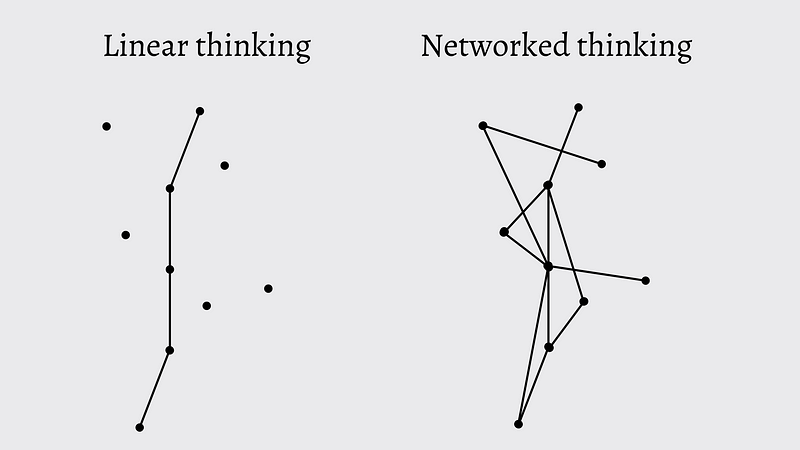
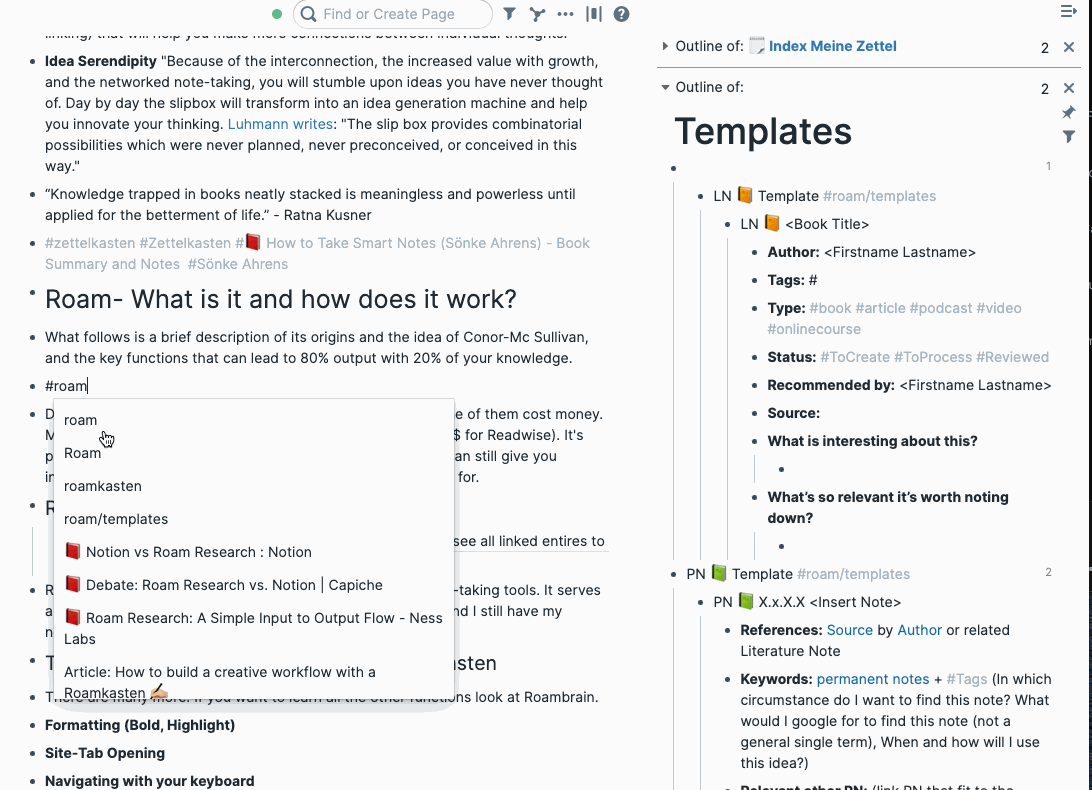
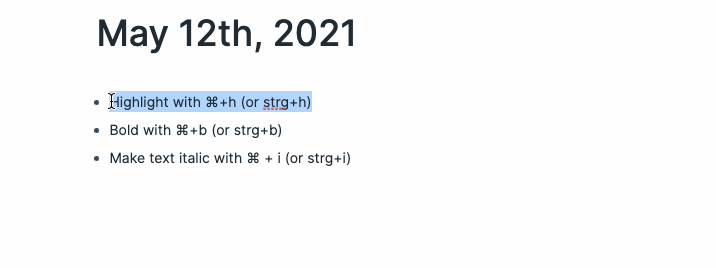
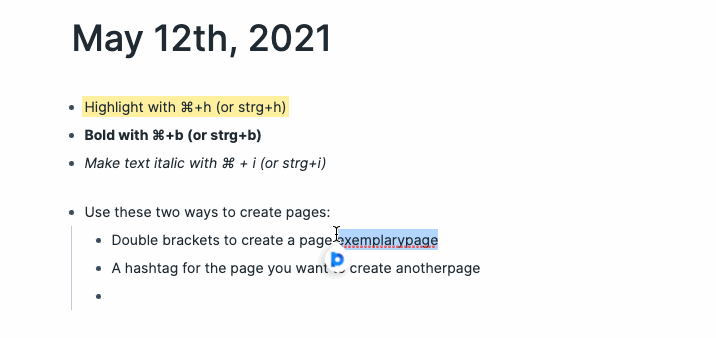
![The author shows their page called [[quote]] where they collect their favorite quotes.](https://cdn-images-1.medium.com/max/800/1*ibWuKcMv3vLE7zS4-Ja81g.gif)
